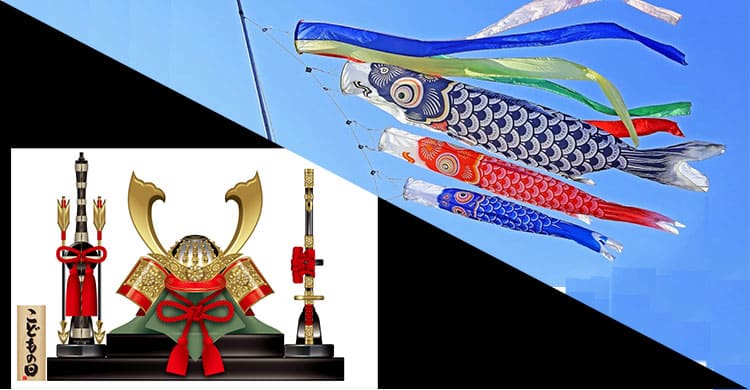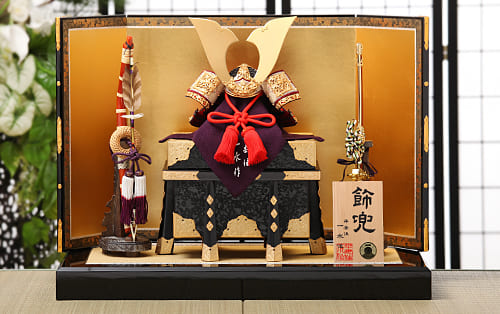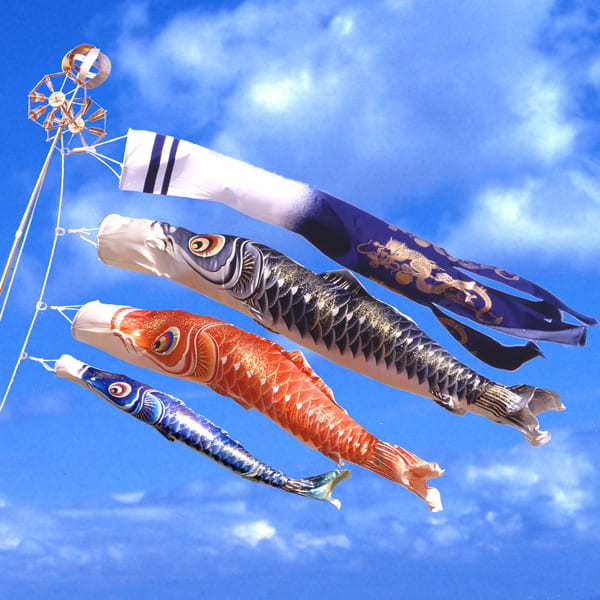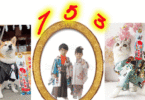The fifth of May is traditionally know as Tnago no Sekku or the “Children’s Day” . It’s a day to pray for the healthy growth of boys.
Hello everyone how are you? Today’s story is about Children’s Day or Boy’s Festival.
What’s “Children’s Day”?
In households across the country, parents display suits of armour and dolls modelled after legendary warriors, wishing that their sons will be strong.
The celebration of Tango no Sekku is incomplete without carp-shaped streamers know as koinobori (carp streamer).Koinobori come in many sizes. There are small ones only a few dozen centimeters long and also large ones over 10 meters (33ft) long.
How did koinobori(Carp streamer) originate?
There’s a Chinese legend that a carp that has managed to swim up a waterfall will grow horns and turn into a dragon, an auspicious creature. Carp have therefore long been seen as a symbol of success in China.
The carp legend made its way to Japan, and people eventually began to raise carp-shaped streamers. The parents in many samurai and merchant households did this to pray that their sons would succeed in life.
Traditional koinobori are handmade. Specialized artisans spend considerable time and effort making them.
At this shop, the artisans draw golden lines on evey single scale of a koinobori. They do this because these lines reflect the sunshine when koinobori are flapping the breeze and make them look more lifelike.
There are certain kinds of food that are associated with Tango no Sekku. Kashiwamochi rice cakes are particularly famous.
To make them, pieces of mochi containing sweet bean paste are wrapped in kashiwa oak leaves and then steamed to give the mochi a nice leafy aroma.
The leaves of kashiwa oak trees don’t fall off in autumn, but stay on the branches until new buds appear in spring.
For this reason, kashiwa trees are seen as a symbol of continuous fertility and prosperity.
There is also a custom of putting sweet flags in the bath. When steeped in hot water, sweet flags give off a strong scent, and this is believed to have the power to ward off evil and prevent disease.
The Japanese have always used seasonal plants as part of their lives in an attempt to harness the power of nature.
Tango no Sekku, celebrated on May the fifth, involves many traditions and customs.
They reflect not just a wish for the healthy development of boys but also Japanese people’s attentiveness to seasonal changes.
Finally, we have another Children’s Day, its webpage titled “May 5 (Child Population decreases for the 38th year consecutively)“, to be visited, thanks










